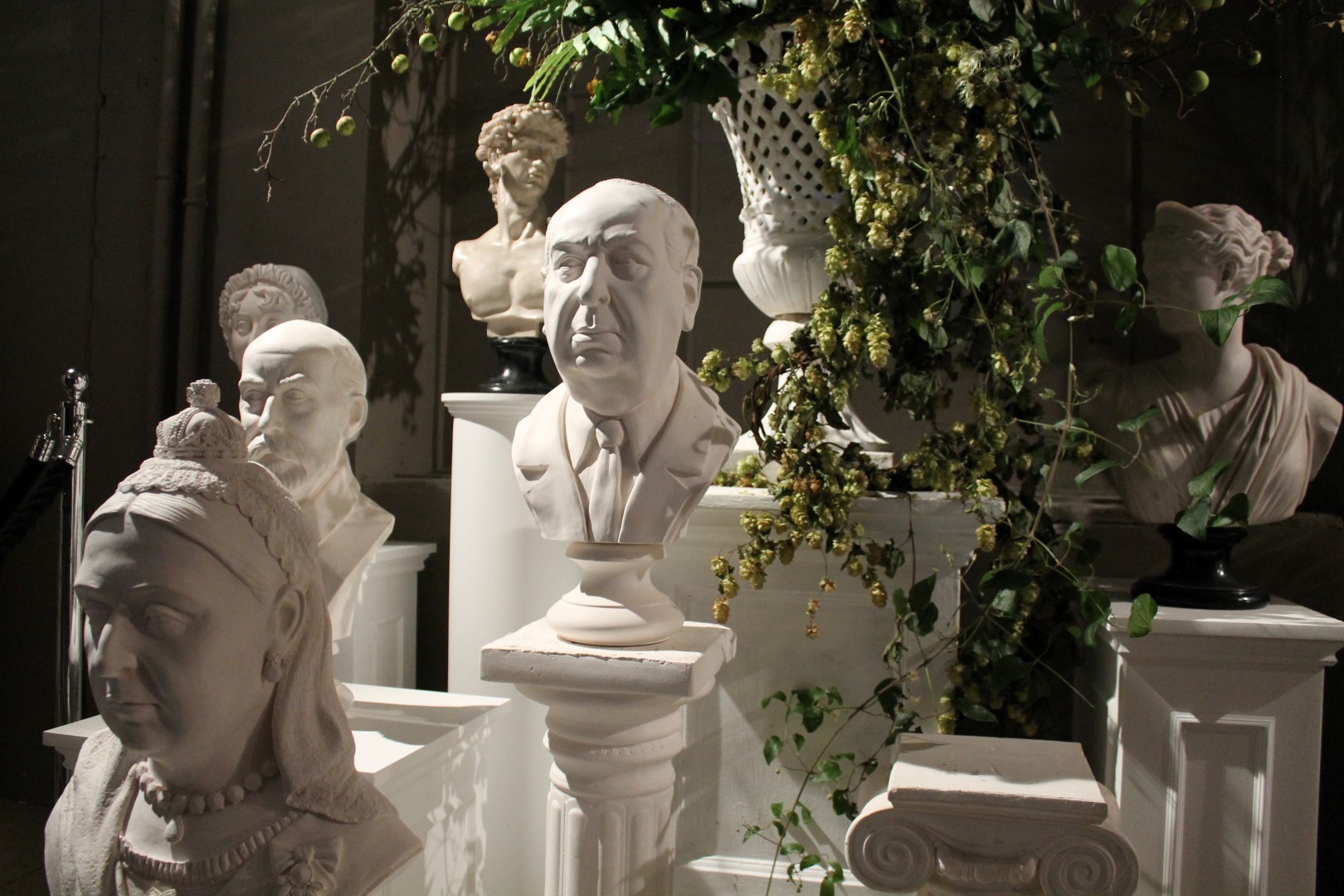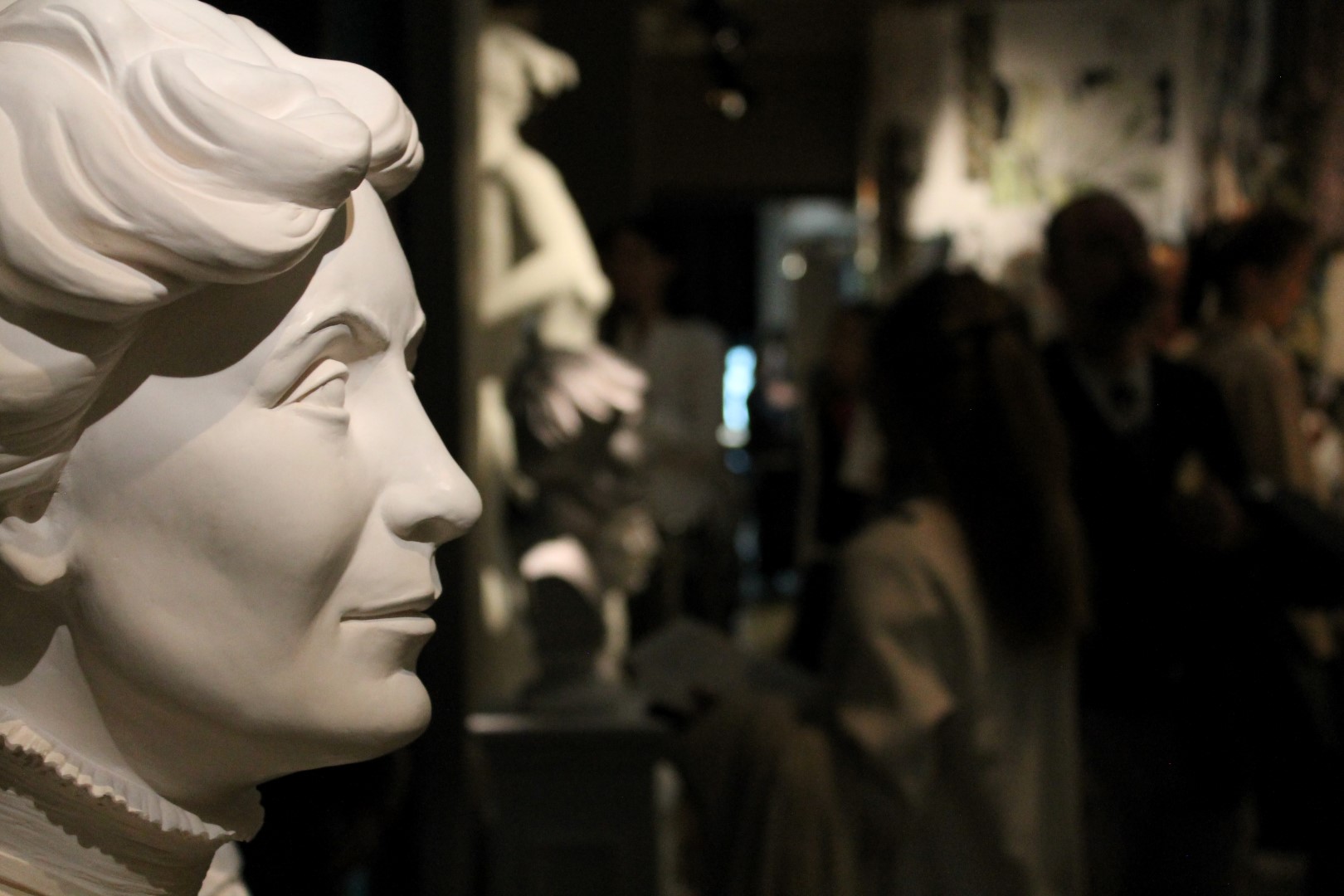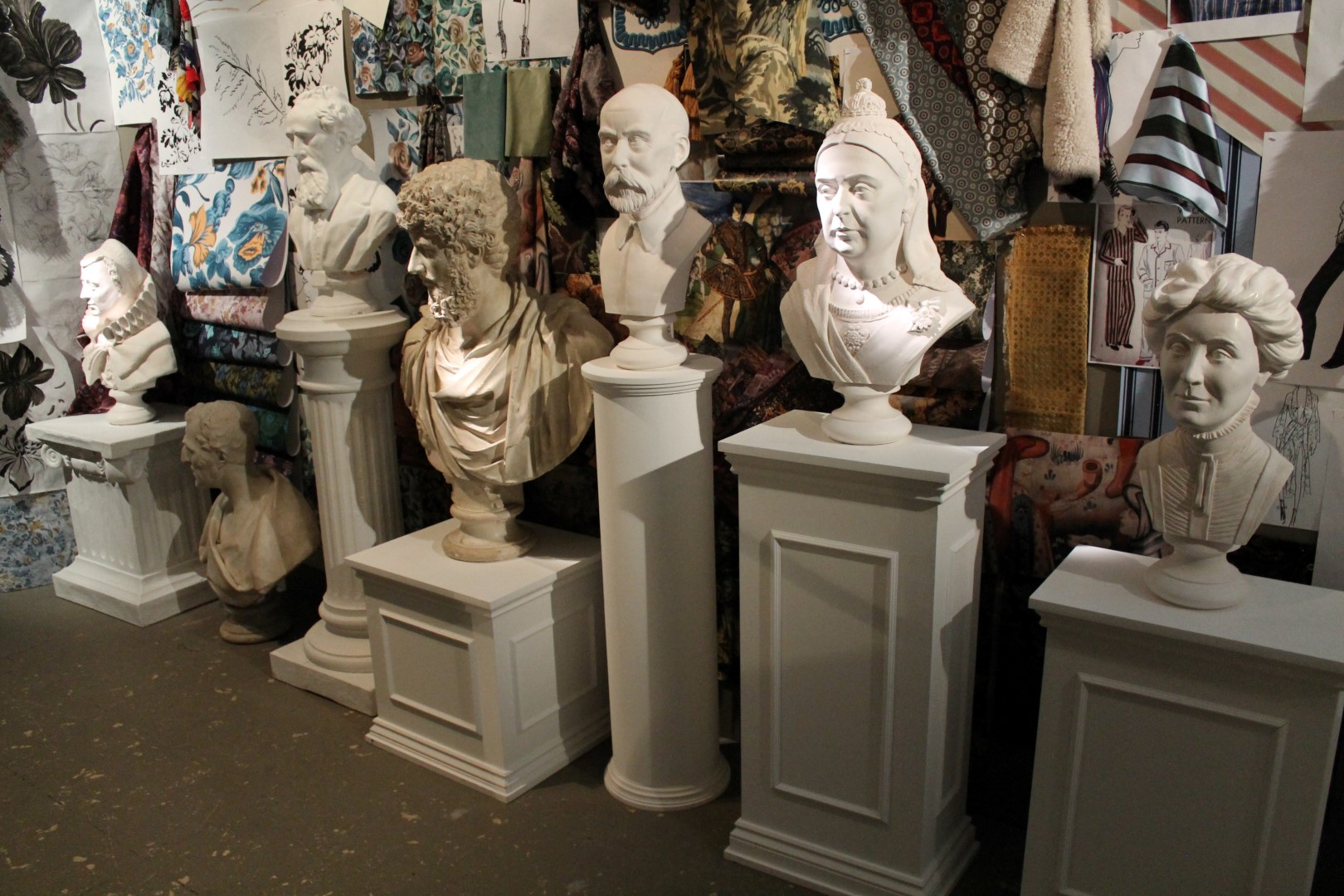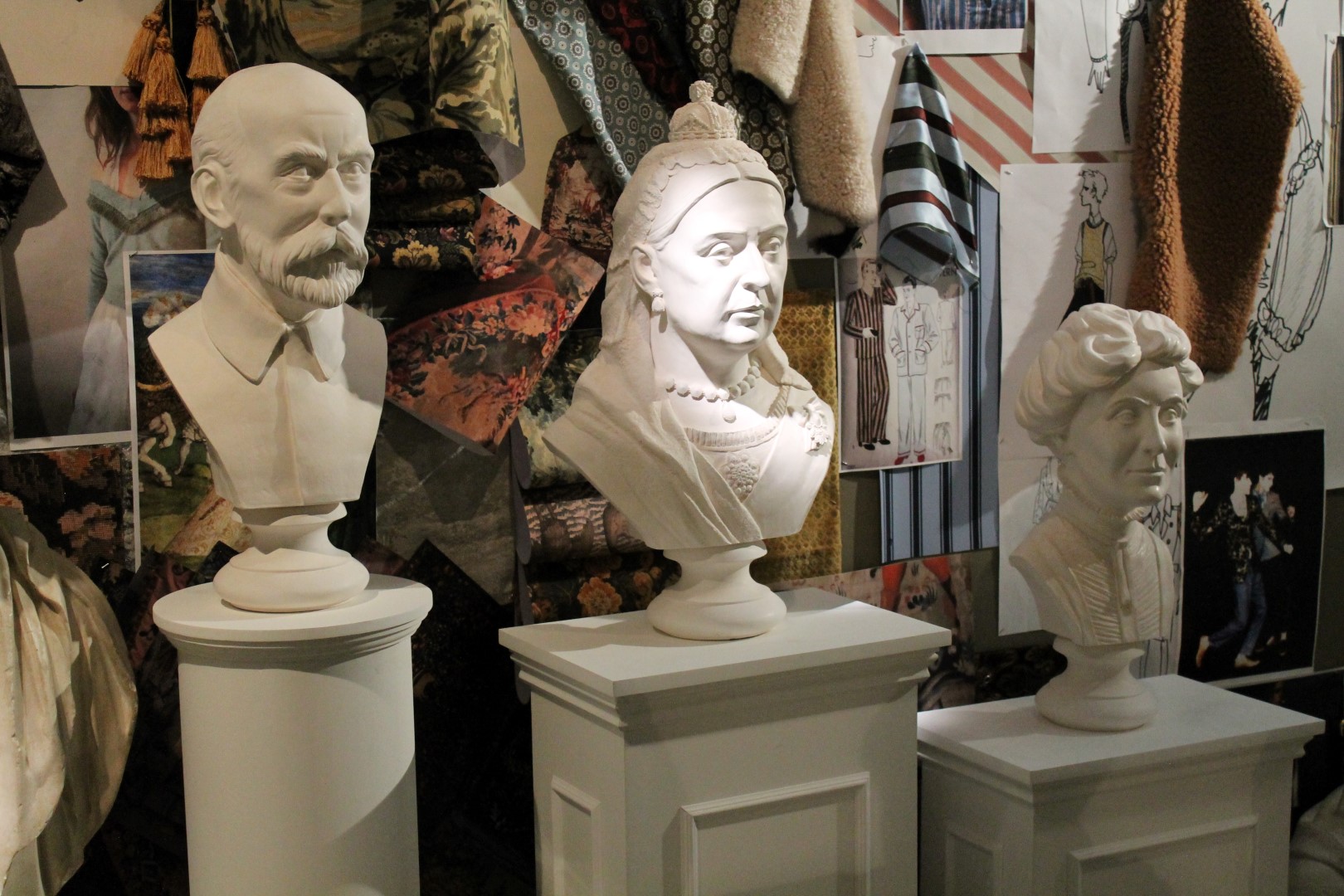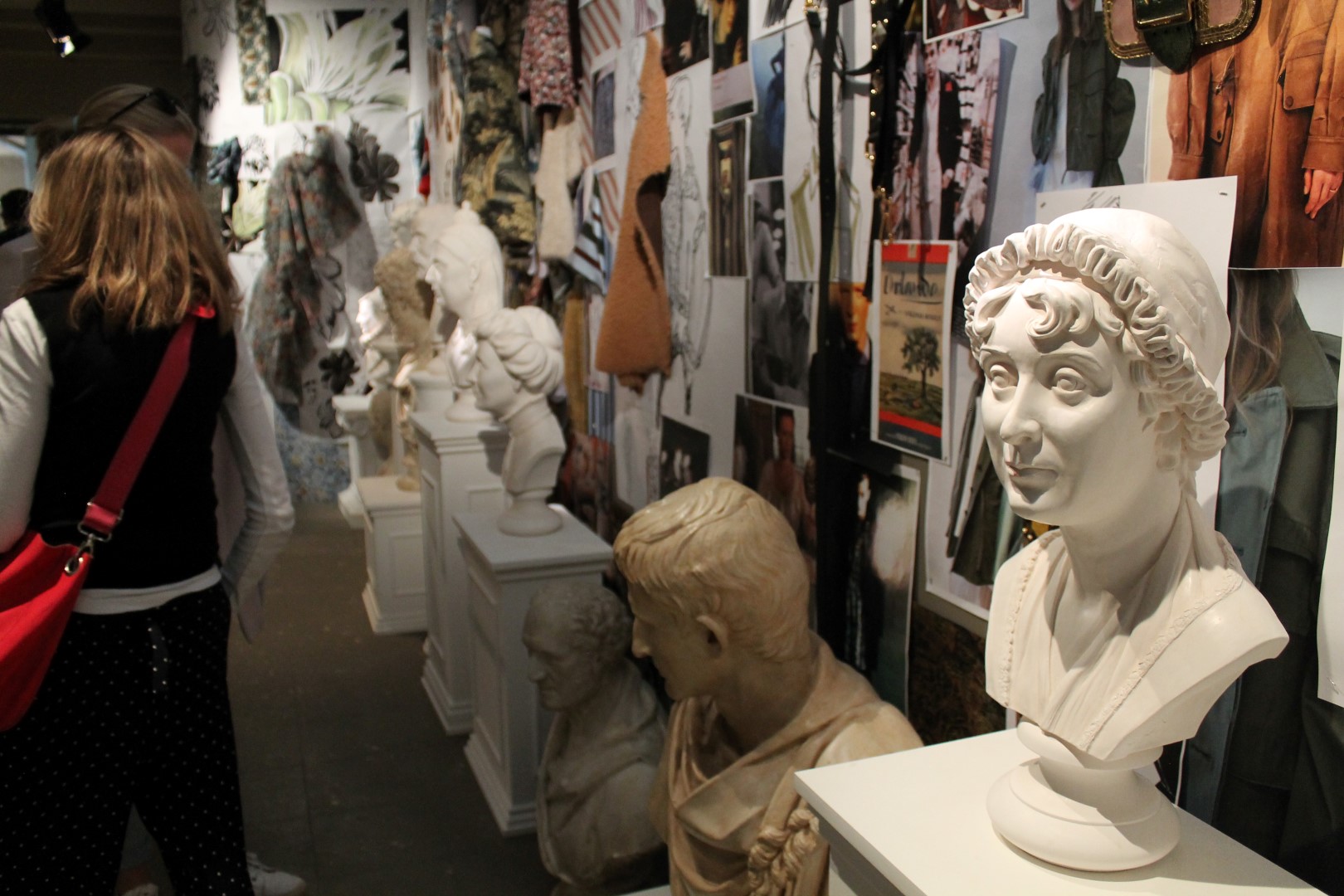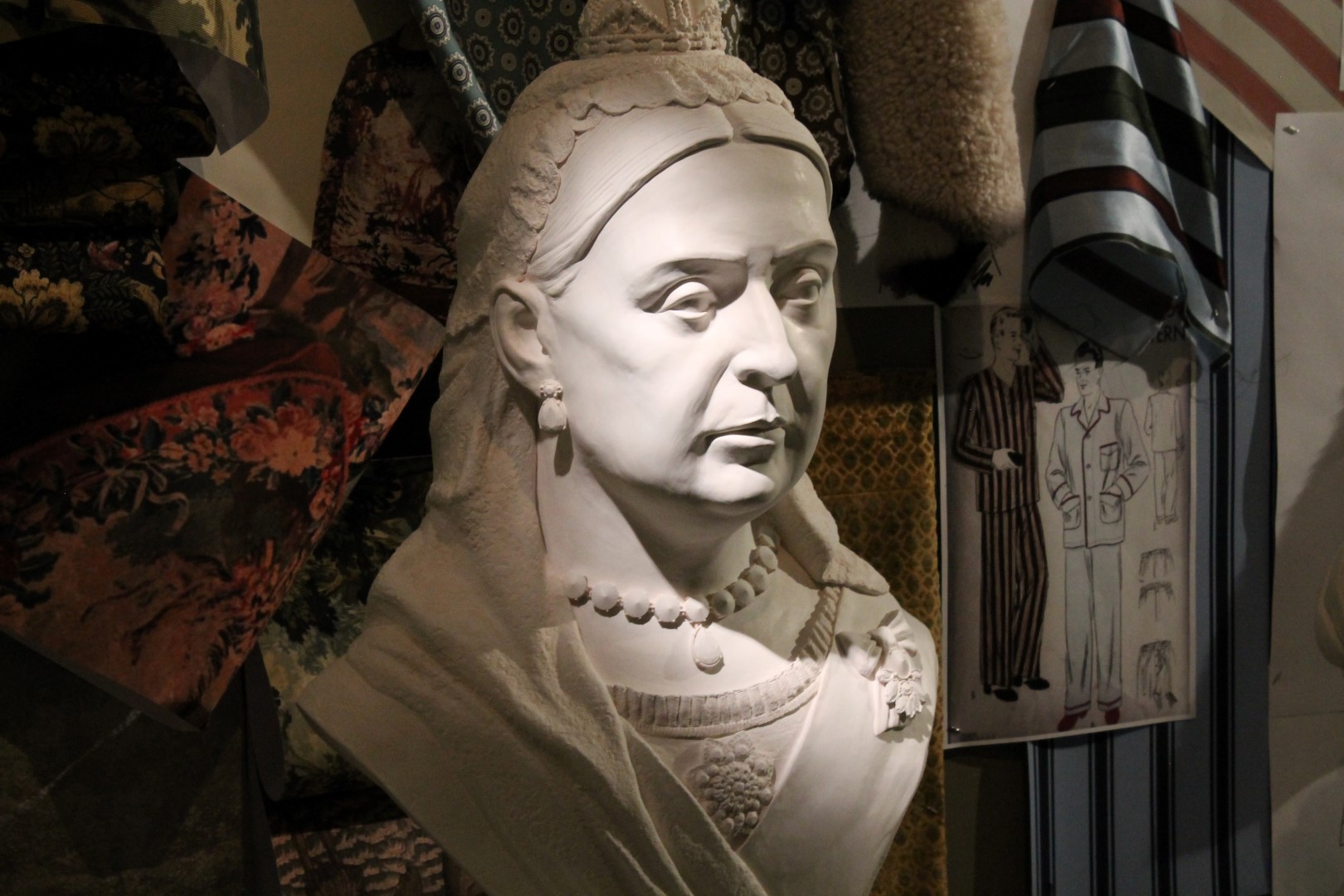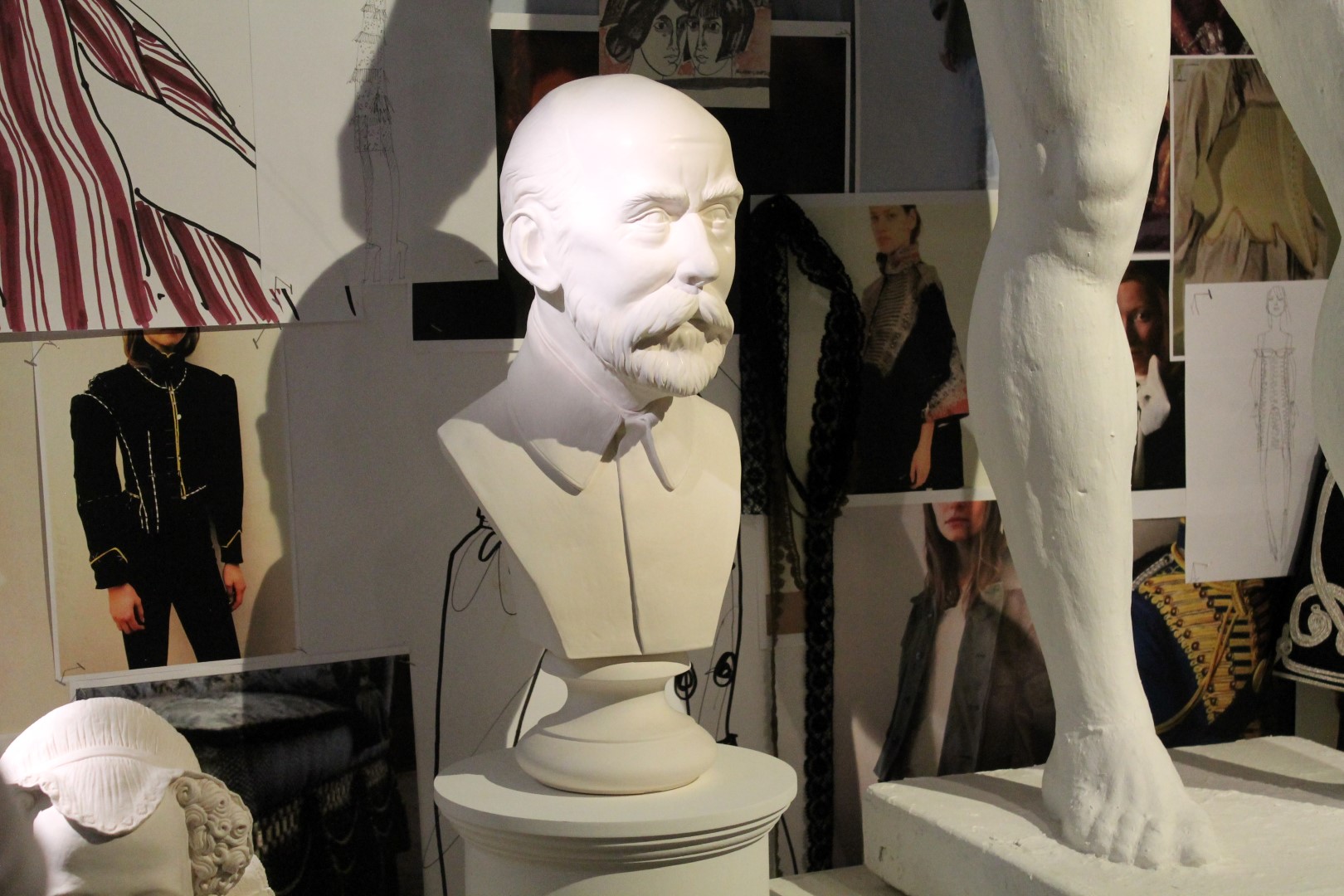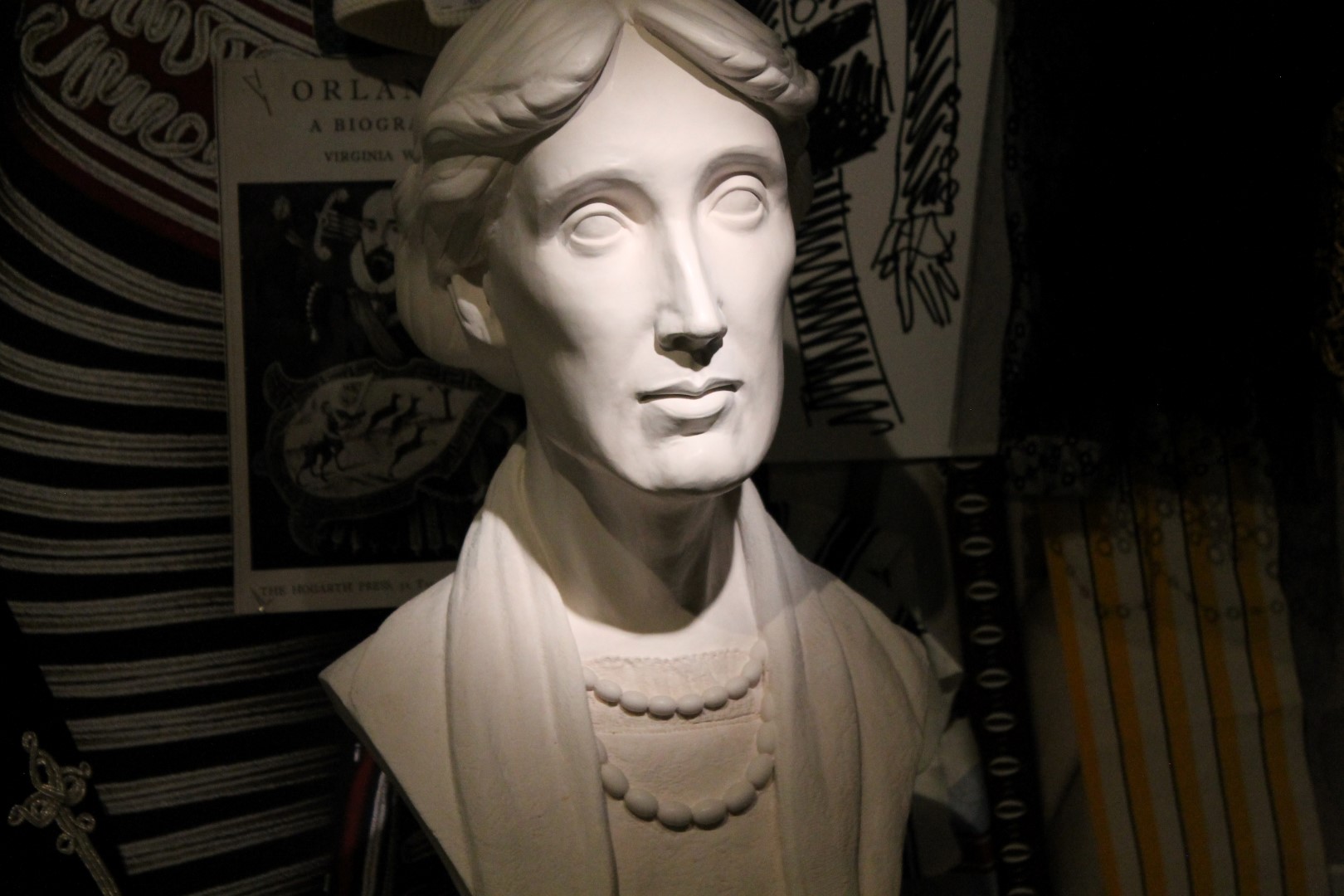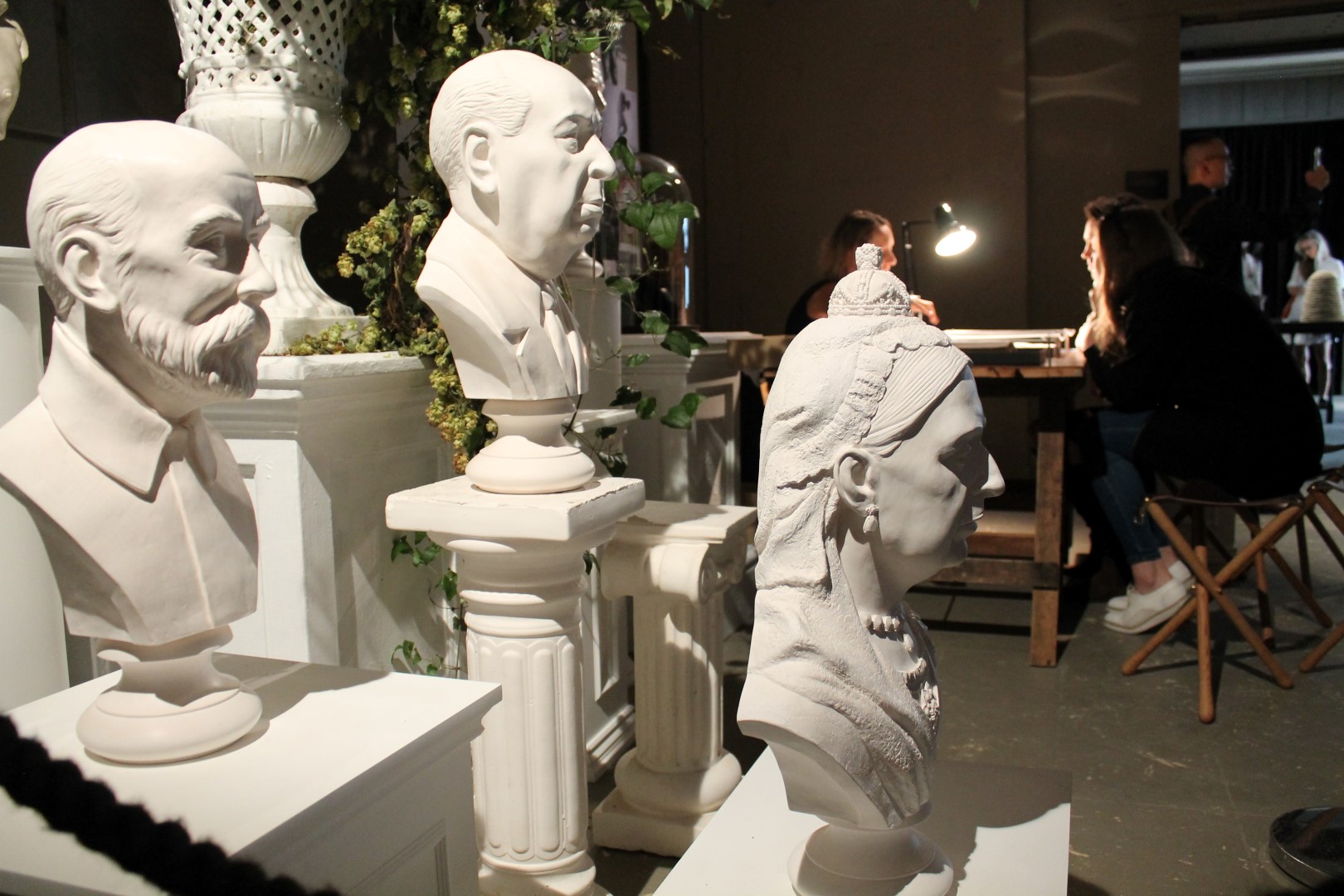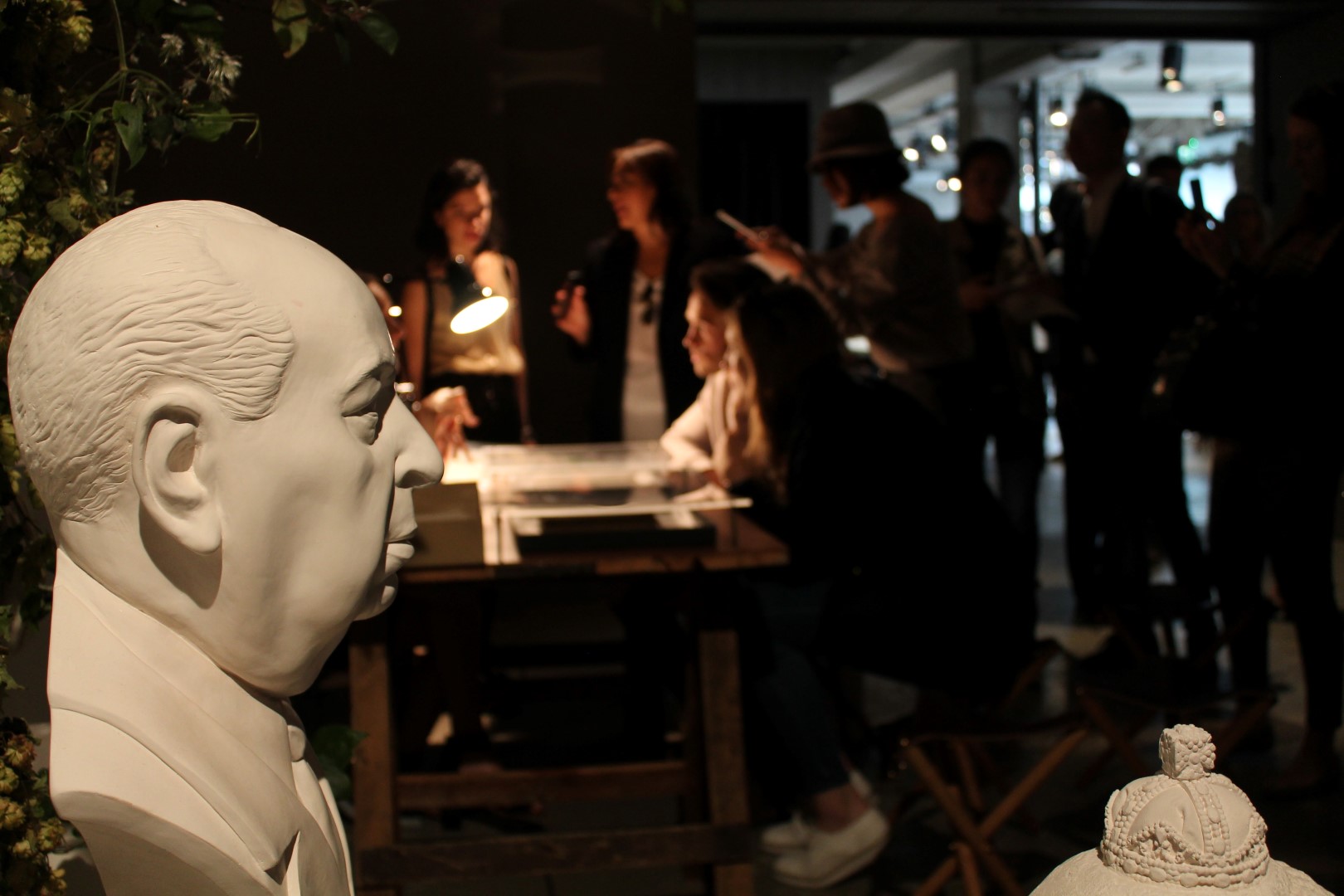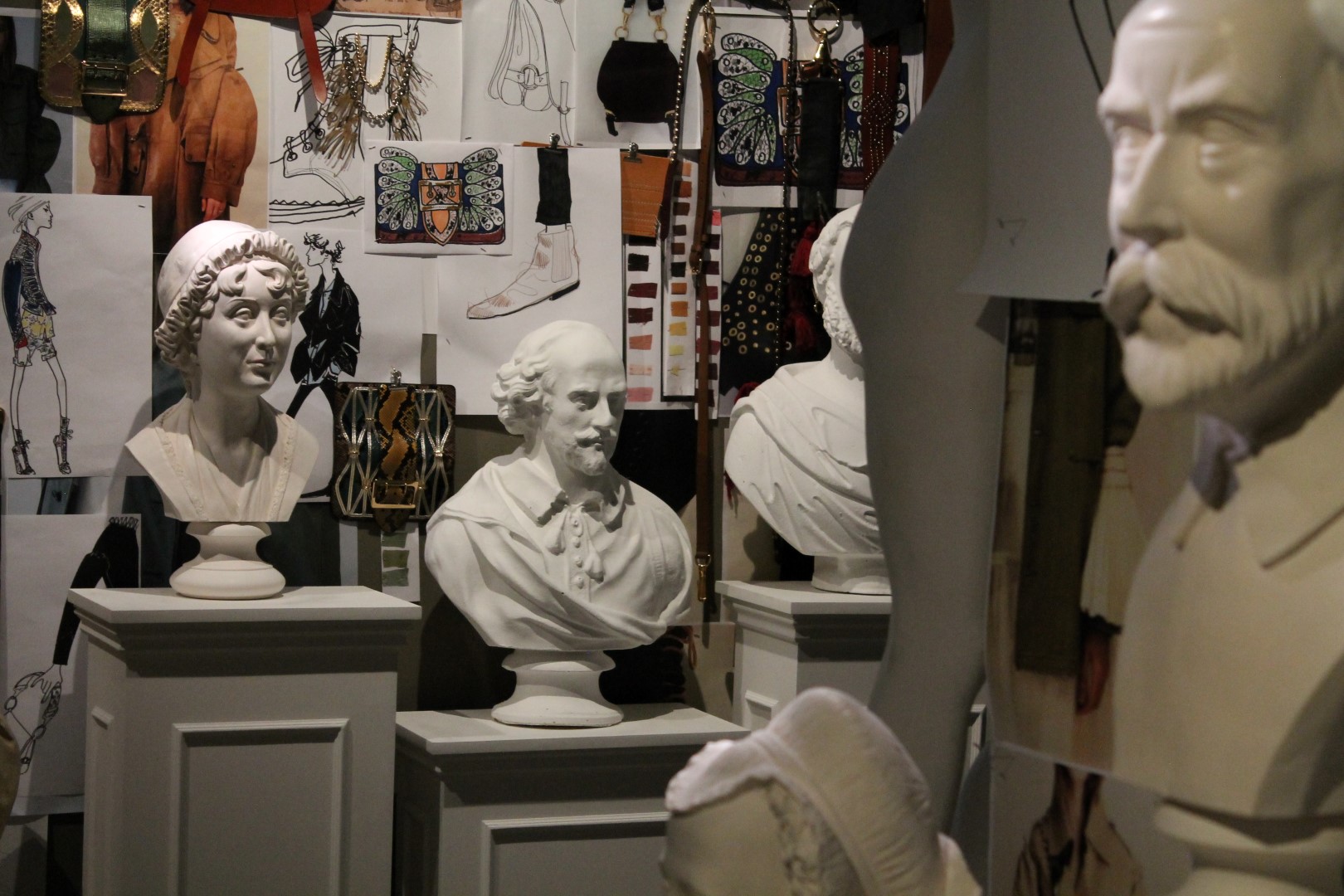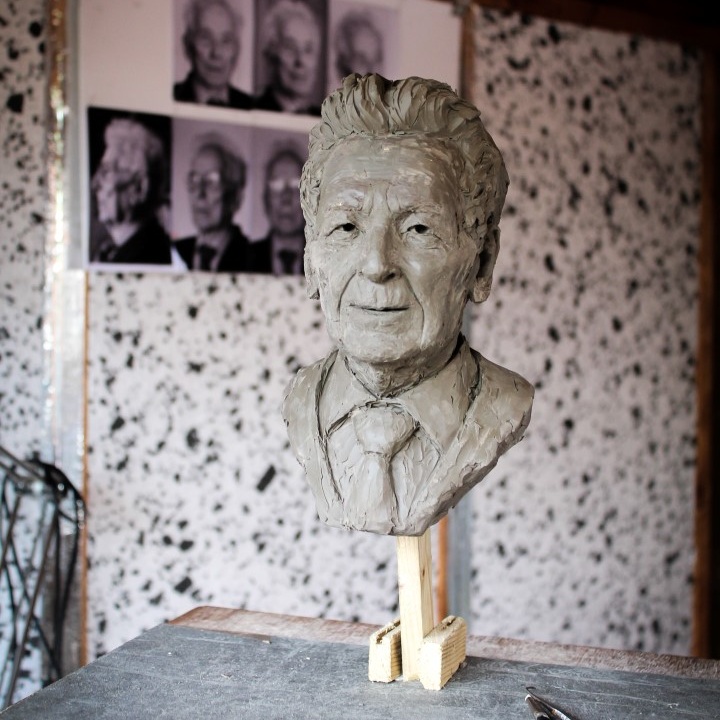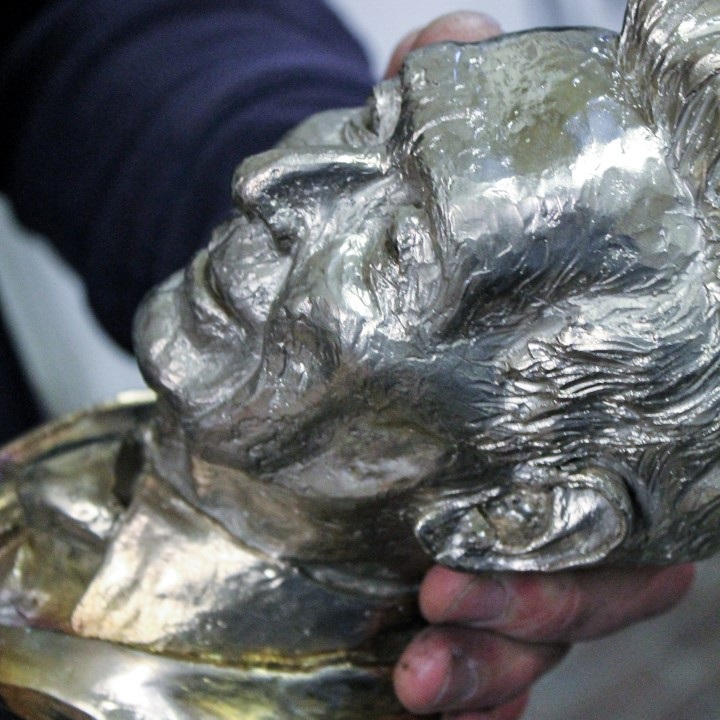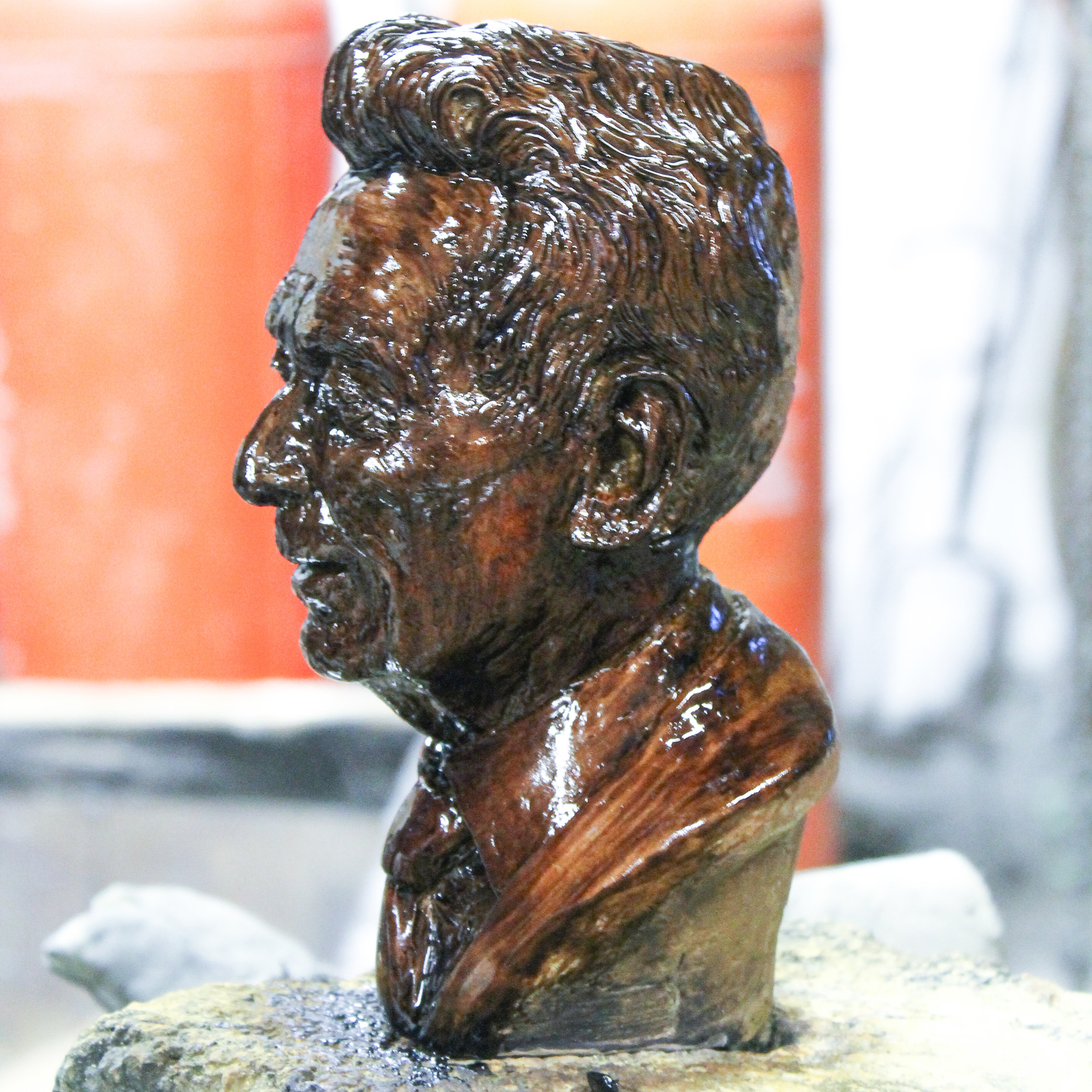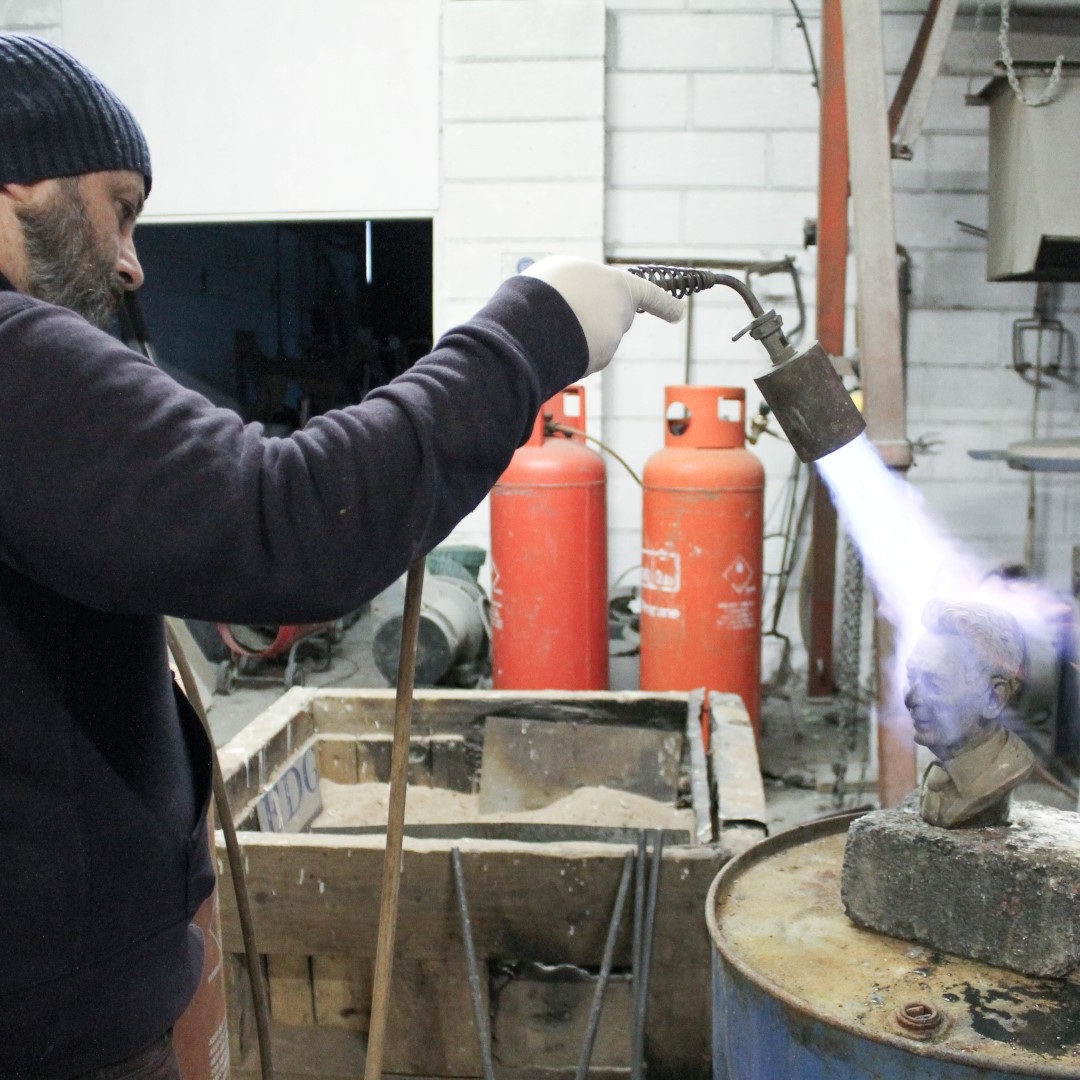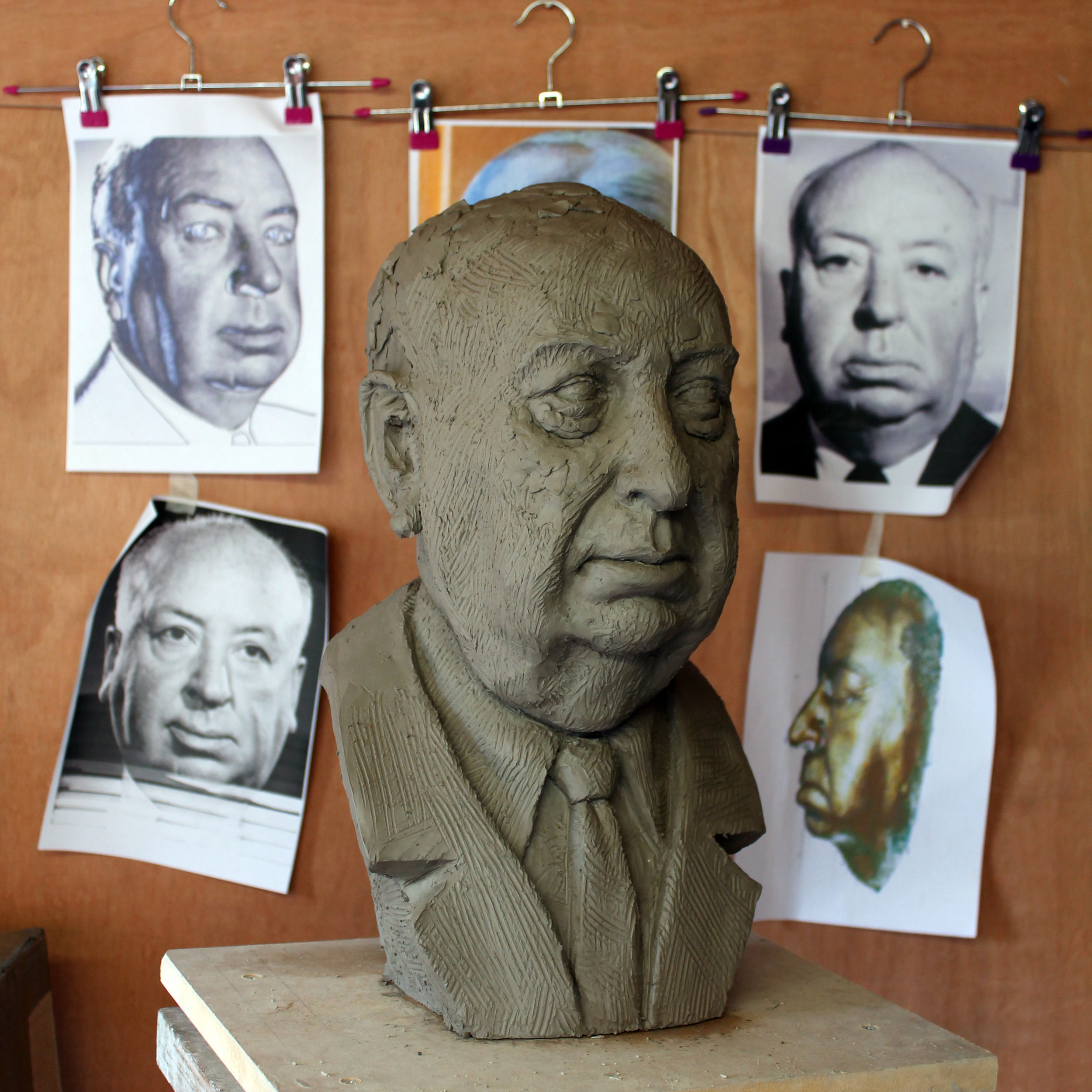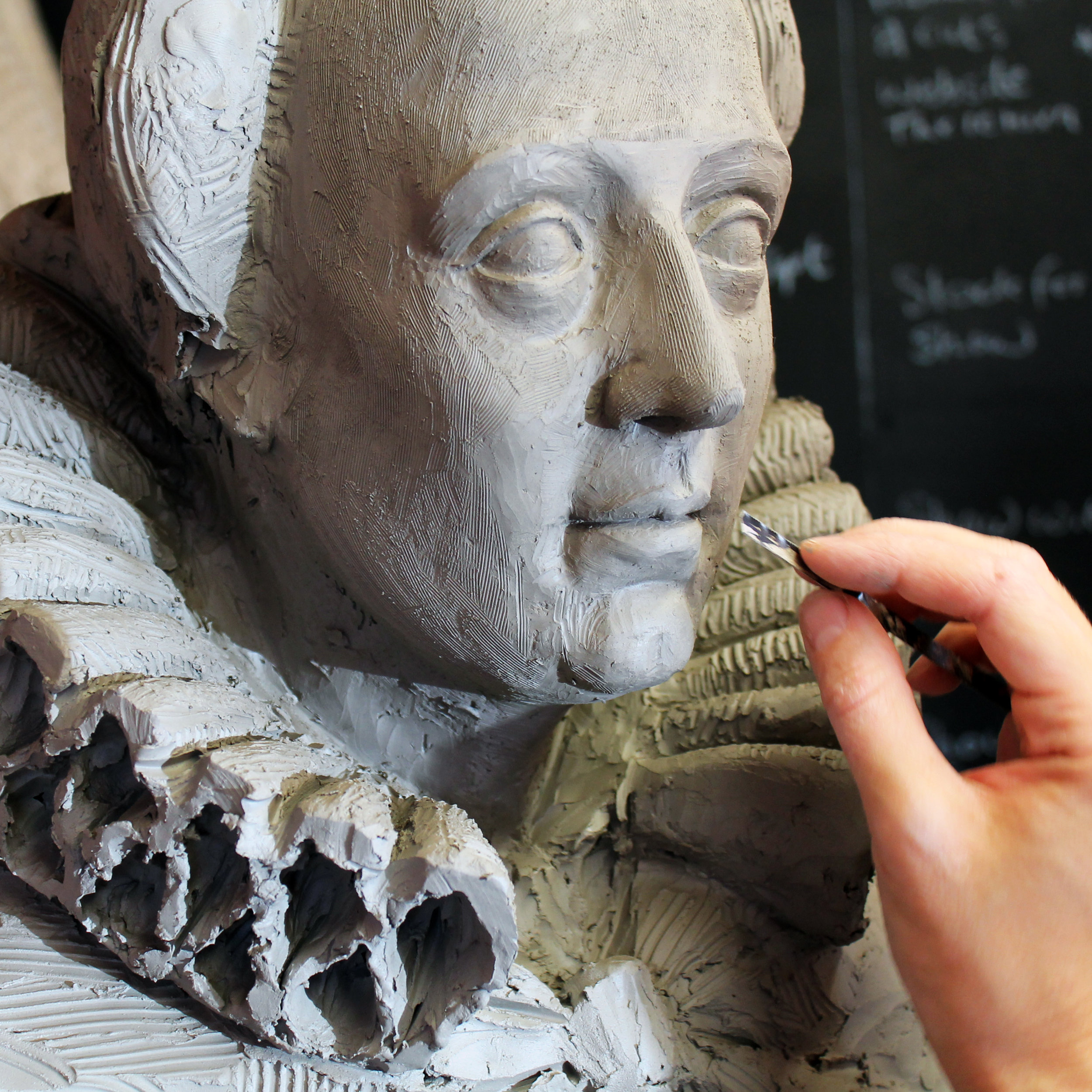
BLOG
The Myth
The Myth that surrounds Clytie, an oceanid from Greek Mythology, who caught my interested and started my exploration of lesser know stories from Ancient Greek.
Clytie's Story in Greek Mythology:
Clytie was an oceanid (a sea nymph), and her story is one of unrequited love. According to Greek myth, Clytie fell deeply in love with Helios, the god of the sun. She adored him passionately, but Helios did not return her feelings, as he had fallen for another woman, Leucothoe. Devastated by Helios' neglect, Clytie grew envious and betrayed Leucothoe by informing her father of the affair. In a fit of rage, Leucothoe's father buried her alive.
Though Clytie hoped that by eliminating her rival she would win Helios' affection, her actions only caused him to reject her even further. Heartbroken, Clytie spent her days sitting on the ground, staring longingly at the sun as it moved across the sky. After nine days of unrelenting sorrow, she withered away. The gods took pity on her and transformed her into a heliotrope, a flower that turns its face towards the sun, eternally following its movement.
Bk IV:256-273 Clytie is transformed into the heliotrope
‘The god of light no longer visited Clytie, nor found anything to love in her, even though love might have been an excuse for her pain, and her pain for her betrayal. She wasted away, deranged by her experience of love.
Impatient of the nymphs, night and day, under the open sky, she sat dishevelled, bareheaded, on the bare earth. Without food or water, fasting, for nine days, she lived only on dew and tears, and did not stir from the ground.
She only gazed at the god’s aspect as he passed, and turned her face towards him. They say that her limbs clung to the soil, and that her ghastly pallor changed part of her appearance to that of a bloodless plant: but part was reddened, and a flower like a violet hid her face.
She turns, always, towards the sun, though her roots hold her fast, and, altered, loves unaltered.’
Clytie in Victorian Depictions:
In the Victorian era, Clytie's story resonated deeply, aligning with themes of melancholy, unrequited love, and longing, which were central to much of Victorian art and literature. Victorian artists often emphasised her tragic love and emotional suffering, depicting her in a romantic, wistful light. They portrayed Clytie either in her human form, gazing sorrowfully toward the sky, or in the moment of transformation into a flower. One particular piece of work I first saw was Watts's bronze sculpture, and this was the piece that first introduced me to Clytie.
In paintings and sculptures, the Victorians favoured idealised beauty, and Clytie was often shown as a beautiful, delicate woman, embodying the emotional vulnerability that the era found appealing in female figures. The heliotrope became a symbol of faithful, albeit hopeless, love. Notable works, like George Frederic Watts' painting Clytie, capture her mournful longing, emphasising her transformation and her eternal connection to the sun. Victorian poets and authors also referenced Clytie’s story, using her as a symbol of unattainable desires and the pain of love left unfulfilled.
In this way, the Victorians both honoured and romanticised Clytie’s sorrow, elevating her tale to a timeless representation of the depth and despair of unreciprocated love.
h.Art 2024
Charlotte was part of an exhibition for h.Art, along with Catherine Martin, Debbie Macklin and Kim Whitby. In paint, clay and stone, the four local artists - who work in different media - exhibit together for the first time in a newly restored 18th century threshing barn at the foot of the Malvern Hills.
She hosted two live sculpting demos on Tuesday 10th September from 11am, and on Saturday 14th from 11am.
Of the Earth
The pieces created for this show are the start of an exploration into the metamorphosis within myths, legends and religion. Through these pieces, I am attempting to convey the heightened emotions that are not found in classical portraiture style.
‘Clytie’ will be exhibited in two forms; one in solid bronze and the other made up of thin copper flowers. The ‘Standing Man’ is based on Prometheus’ first man. These themes are taken from Greek Mythology; Clytie returning to the earth and The Standing man being created from it.
Clytie’s’ forlorn expression and pose is influenced by the drama found in classical sculptures. Her smooth features reflect carved marble and emphasise her youth and beauty at the beginning of her metamorphosis into a flower. The earthy, graduated patina transports the piece from the Victorian period into the contemporary art space.
A portrait cast in bronze
This small bronze has been created to celebrate the life of a much loved father, grandfather and great grandfather. It was completed with great sentiment and care as with all of my personal portraits. This special sculpture is now with the family as a way to remember this man whose life spanned almost a century.
Spending time with both the subject and his son (who commissioned the piece) allowed me to work, not only a likeness into the piece, but something of his personality too. This man had a great sense of humour, a sharp wit and an incredible life-story to tell.
Using calipers and photography I took careful measurements of the subjects head and features and scaled these down to the required size. Once finished, the piece was cast in solid bronze and coated in a chemical which produced the deep rich brown patina. It was a fascinating project, not only getting to know the subject but also following the traditional lost wax casting process.
Sculpting from Life: The Standing Man
This sculpture was completed from life at a class run by the Malvern School of Art. With this piece I wished to explore a looser style of working which brings the thought behind the piece to life.
I have always been inspired by the myths of Ancient Greece and the creation theories contained within them. If you’ve not read Stephen Fry’s, Mythos then you simply MUST! This book features the ‘Greek myths retold’ for the 21st century and is the inspiration behind this current theme of work.
The ‘Standing Man’ is inspired by the tale of the creation of man by Prometheus who shaped man from a lump of clay. He created him in the image of the gods and allowed him to walk upright so that he might look towards the heavens.
Burberry Maker's House
Maker’s House is now open to the public for London Fashion week 2016! Through my work with Timothy Richards, I was commissioned to produce a series of busts for British fashion house Burberry® as part of the 2016 London Fashion Week.
Video by George Lawrence
The inspiring iconic brand has work with luxury craft retailer: The New Craftsman, to take over the former Foyle’s bookshop in Soho, London. This event is so exciting because is has resulted in a celebratory that champions the methods and materials of British makers.
The project involved sculpting a series of eight life size busts of iconic British figures: Thomas Burberry, Ernest Shackleton, Queen Victoria, Virginia Woolf, Alfred Hitchcock, Emmeline Pankhurst and Jane Austen. Each one was sculpted in fine clay and cast in British gypsum plaster.
